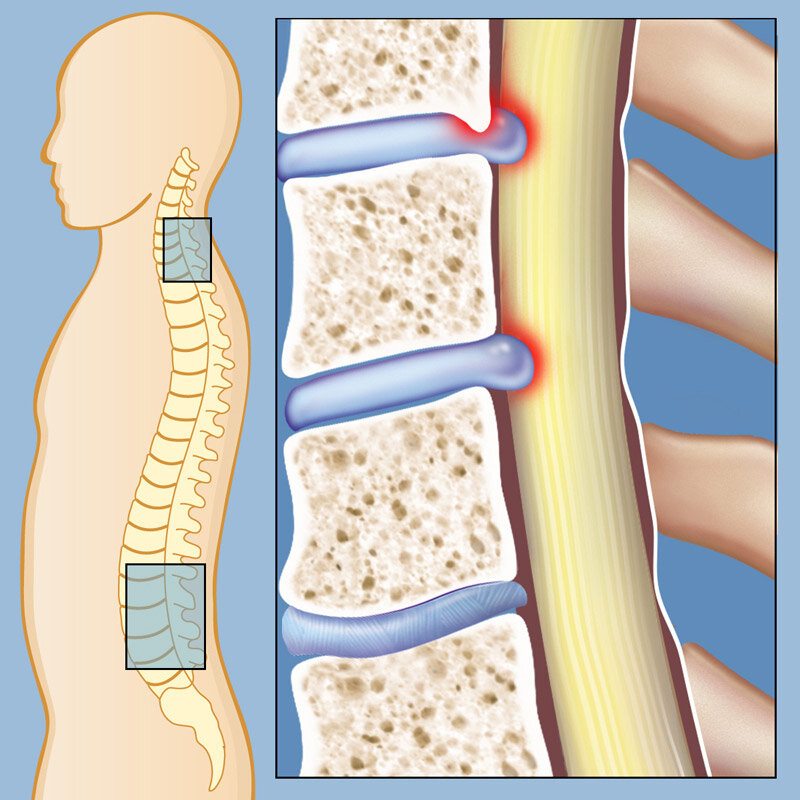Discomfort is a complicated and often debilitating experience that influences millions of individuals across the globe. It can appear in various forms, from acute pain following an injury to chronic pain that continues for months or even years. Understanding pain and its underlying mechanisms is essential for effective management and relief. This is where pain management programs and therapies come into play, offering a comprehensive approach to enhancing well-being for those experiencing from persistent discomfort.
In this piece, we will examine the different kinds of pain and how they can be managed, the distinctions between acute and chronic pain, and the range of therapies available. From physical therapy and chiropractic to innovative treatments like acupuncture and regenerative medicine, we will delve into the science behind pain and how various interventions can help individuals recover their lives. Additionally, we will address the importance of mental health in pain management, the role of lifestyle and dietary choices, and the new options for pain relief that exclude traditional medications. Whether you're seeking solutions for arthritis, migraines, or lower back pain, this guide will provide valuable insights into the many ways to cope with and alleviate pain.
Comprehending Pain Management
Pain management is a multidisciplinary strategy to treating pain through multiple therapies and approaches. It aims not only to lessen the intensity of discomfort but also to improve the overall standard of living for individuals suffering from acute or persistent issues. Effective discomfort management involves understanding the nature of pain, acknowledging its impact on everyday living, and implementing multiple tactics tailored to each individual’s needs.
There are numerous forms of pain, which can be widely grouped into short-term and chronic pain. Acute pain typically occurs from trauma or operation and is usually brief, subsiding as the body heals. Conversely, long-term pain continues for months or even an extended duration, often requiring continuous management strategies. Comprehending these distinctions is crucial, as the treatment options may differ significantly based on the underlying cause, the length of pain, and the patient's overall health.
Pain management clinics serve a important role in providing comprehensive care through a combination of medical treatments, physical therapies, and psychological support. https://articlescad.com/customized-discomfort-solutions-customizing-treatments-to-you-34584.html are equipped to address discomfort from a complete perspective, combining various methods such as medication, physical therapy, and alternative treatments to achieve maximum pain relief. By approaching discomfort control comprehensively, these clinics aim to empower patients to take back their lives and boost their ability to engage in daily activities without the burden of persistent discomfort.
Medical Methods to Pain Relief
Healing approaches to pain relief encompass a wide array of interventions designed to tackle both the bodily and emotional aspects of pain. One key method is physical treatment, which aims to build muscle strength, improve flexibility, and augment overall fitness. Through personalized activities and techniques, physiotherapists help patients develop resilience against pain, particularly in conditions like long-term back pain or rheumatoid arthritis. This direct method not only promotes healing but also equips individuals with strategies to handle their discomfort in daily life.
Another valuable approach is spinal care, which focuses on the skeletal system and its contribution in discomfort. Chiropractic practitioners utilize spinal adjustments and realignments to relieve discomfort, restore functional movement, and boost overall body performance. Many individuals report notable discomfort reduction and improved mobility after chiropractic interventions, often finding this technique particularly effective for issues like sciatica and muscle tension headaches. Additionally, chiropractic practitioners often integrate health tips and workout suggestions, ensuring a more comprehensive approach to pain management.
Complementing these physiotherapeutic methods, alternative therapies like acupressure offer unique qualities for alleviating pain. This ancient Chinese medicine technique involves inserting thin needles at targeted areas on the body to engage the body's healing response and encourage natural healing. Studies have shown that acupuncture can effectively alleviate pain from conditions such as chronic headaches, fibromyalgia, and joint pain in the knee. By integrating these pain management strategies, individuals looking for pain relief can create a multifaceted approach that addresses not only the indicators but also the underlying causes of their discomfort.
Living Style and Wholesome Approaches for Pain Management
Incorporating lifestyle changes and integrative methods into pain management can significantly enhance the quality of life for individuals dealing with chronic pain. Key changes include consistent physical activity, maintaining a balanced weight, and encouraging good sleep hygiene. Engaging in low-impact exercises such as walking, swimming, or cycling can diminish stiffness and increase mobility. Furthermore, prioritizing rejuvenating sleep is crucial, as insufficient rest can exacerbate pain sensations and diminish overall well-being.
Holistic therapies such as mindfulness, meditation, and yoga also play a vital role in managing pain. Mindfulness practices help individuals become aware of their body and mind, allowing them to better cope with pain. Techniques such as guided imagery or deep breathing can facilitate relaxation, thus reducing pain symptoms. Yoga, with its blend of physical postures, breathing exercises, and meditation, has been shown to enhance flexibility, reduce muscle tension, and boost mental resilience against pain.
Food adjustments can further support pain relief through soothing foods. Adding fruits, vegetables, nuts, seeds, and healthy fats can lower inflammation and enhance joint health. Limiting processed foods, excessive sugars, and trans fats may also contribute in managing pain levels. Overall, a comprehensive approach that includes these lifestyle and holistic methods can enable individuals to take control of their pain and improve their daily functioning.

